Garden design greenhouses came into prominence during the Victorian era, offering a lush escape from industrial monotony and becoming a staple for the avid gardener. Back then, greenhouses were often grand and ornate, but today, garden design ideas for greenhouses have diversified significantly. Regardless of the style you choose, a greenhouse cultivates a controlled environment for plants, enhancing growth and extending the gardening season. While greenhouses might originally seem like a feature reserved for horticultural experts, they are quite accessible and rewarding for any gardening enthusiast. Transform your gardening game with the following greenhouse design ideas and cultivate your very own plant paradise.
Greenhouse with seating area and landscaped garden. This design offers a relaxing space for enjoyment while surrounded by nature. Source
Stylish glass greenhouse surrounded by elevated planter boxes. This design not only enhances accessibility for planting but also adds aesthetic appeal to your garden space. Source
Greenhouse with decorative stone path. Incorporating different textures and shapes can create visual interest and guide visitors naturally through the garden. Source
Elegant glass greenhouse. Incorporating large glass panels allows maximum sunlight for plant growth. Source
Vertical shelving units for plant display. This structure maximizes space while allowing easy access and visibility of diverse plants in the greenhouse. Source
Lush plantings surrounding a greenhouse. Incorporating diverse flowering plants alongside your greenhouse creates a vibrant, inviting atmosphere that enhances garden aesthetics and encourages pollinators. Source
Inviting greenhouse dining area. Incorporating natural greenery, rustic decor, and ambient lighting enhances the atmosphere, making it perfect for gatherings. Source
Greenhouse with potted plants and a rustic chair. This design creates a tranquil and inviting space for nurturing plants while providing a comfortable workspace. Source
Greenhouse with integrated seating areas. This design encourages relaxation and enjoyment of your plants while nurturing a serene gardening atmosphere. Source
Charming greenhouse design featuring terracotta pots and rustic seating. This setup creates an inviting space for gardening enthusiasts to enjoy nurturing plants while relaxing outdoors. Source
Charming greenhouse adorned with warm string lights. This inviting design enhances the garden's ambiance, creating a cozy environment for gardening and relaxation. Source
Charming greenhouse design with potted plants. Incorporating various plant heights and decorative elements can enhance visual interest and create a serene atmosphere. Source
Pumpkin-lined pathway. Use colorful pumpkins as a decorative border along a gravel path to enhance the entrance to your greenhouse. This adds seasonal charm and guides visitors through your garden space. Source
Charming greenhouse pathway with stone pavers and white picket fence. This design creates an inviting and whimsical garden atmosphere, perfect for enhancing the overall aesthetic of your garden. Source
Cozy dining area in a greenhouse. Incorporating natural light and greenery enhances the overall ambiance for gatherings. Source
Lush greenery and flowering plants in a greenhouse. This combination creates a tranquil and inviting atmosphere for plant growth and relaxation. Source
Greenhouse surrounded by lush, flowering shrubs. This design enhances biodiversity and creates a vibrant garden ecosystem. Source
Serene garden greenhouse design with diverse plants. This layout promotes a harmonious blend of nature and structure, enhancing both plant growth and aesthetic appeal. Source
Garden greenhouse as a focal point. Incorporating a greenhouse enhances plant growth and creates a beautiful garden backdrop. Source
Garden greenhouse with wooden structure and clear panels. This design maximizes sunlight while providing protection for plants, making it ideal for nurturing a variety of flora. Source
Garden layout with raised beds and a greenhouse. This design maximizes space and allows for efficient plant growth while providing easy access for maintenance. Source
Greenhouse with surrounding lush foliage. Incorporating varied plant pots enhances the organic feel and invitation to nature, creating a serene garden space. Source
Lush plant arrangement with tiered shelving. This design promotes effective use of space while enhancing visibility and access to various plants. Source
Vibrant flowering plants in a greenhouse layout. This design enables year-round cultivation and protection from frost, enhancing growth and bloom potential. Source
Lush greenery with a wooden pergola creates a serene garden greenhouse. This design utilizes natural shade and structure, enhancing the tranquil atmosphere for plant growth. Source
Colorful zinnia flowers in a greenhouse garden. Incorporating a variety of flower heights can create visual interest and attract pollinators. Source
Vine-covered pergola with a dining table. This structure enhances outdoor dining while providing shade and a beautiful natural ambiance. Source
Lush greenery and vibrant planters. Incorporating a variety of hanging pots and decorative containers adds depth and color to greenhouse spaces, enhancing the overall aesthetic. Source
Garden design featuring a gravel pathway and greenhouse. This setup creates a tranquil outdoor space that integrates natural elements with functional design. Source
Climate control system
A climate control system in garden design really helps create the perfect environment for your plants. It can include features like automated irrigation, shade structures, and even greenhouses to maintain ideal temperature and humidity levels. Plus, integrating tech like sensors can simplify monitoring and keep everything thriving all year round!
Natural lighting
Natural lighting really transforms a garden space. It highlights colors, shapes, and textures while creating a warm, inviting atmosphere. Planning your garden layout to maximize sunlight can make all the difference in plant health and overall vibe.
Structural materials
When it comes to garden design, structural materials can make all the difference in creating a cohesive look. Think about using stone, brick, or even wood to define pathways or create raised beds; they add character and durability. Don't be afraid to mix materials, as layering different textures can give your garden a unique vibe that feels welcoming.
Shelving and storage
Garden shelving and storage can totally transform your outdoor space. Think about vertical shelves for potted plants or herbs; they not only look great but save ground space too. Add some stylish storage bins to keep tools and gardening supplies organized, and your garden will feel both functional and chic!
Watering system
Setting up a smart watering system can save time and keep your garden thriving. Drip irrigation works wonders for getting water straight to the roots while minimizing waste. Adding a rainwater harvesting setup can also make your garden eco-friendly and reduce water bills.
Type of plants
When designing a garden, think about incorporating a mix of perennials, shrubs, and annuals to add depth and color throughout the seasons. Native plants are a great choice since they require less maintenance and attract local wildlife. Don't forget about adding some herbs for both functionality and fragrance; they can liven up any space!
Ventilation system
A good ventilation system in garden design helps keep plants healthy by ensuring proper air circulation. You can use strategically placed trellises, pathways, or open spaces to enhance airflow and prevent mold. Incorporating natural breezeways allows for a more thriving garden environment, making it easier to maintain all those lovely blooms.
Garden design incorporating a greenhouse involves strategically planning the layout to optimize space, sunlight, and access for both ornamental and functional purposes. The process begins with selecting an ideal location that maximizes sunlight exposure, followed by designing pathways and planting zones that complement the greenhouse's aesthetic while ensuring practical accessibility for maintenance and gardening activities. The result is a cohesive, harmonious garden environment that enhances the greenhouse's functionality, allowing for extended growing seasons and the cultivation of a wider variety of plants in a controlled climate, ultimately contributing to the garden's biodiversity and year-round appeal.

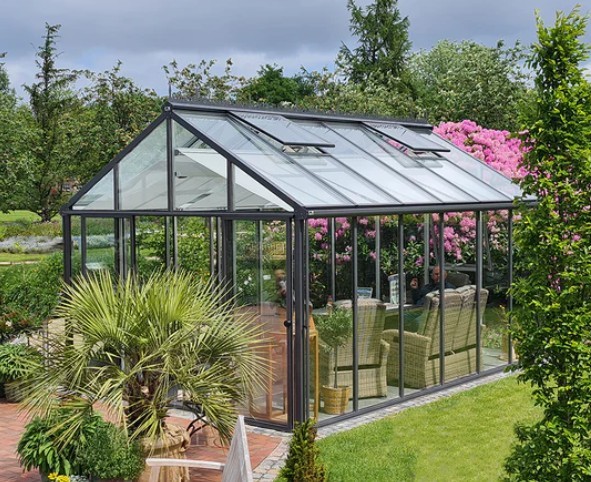
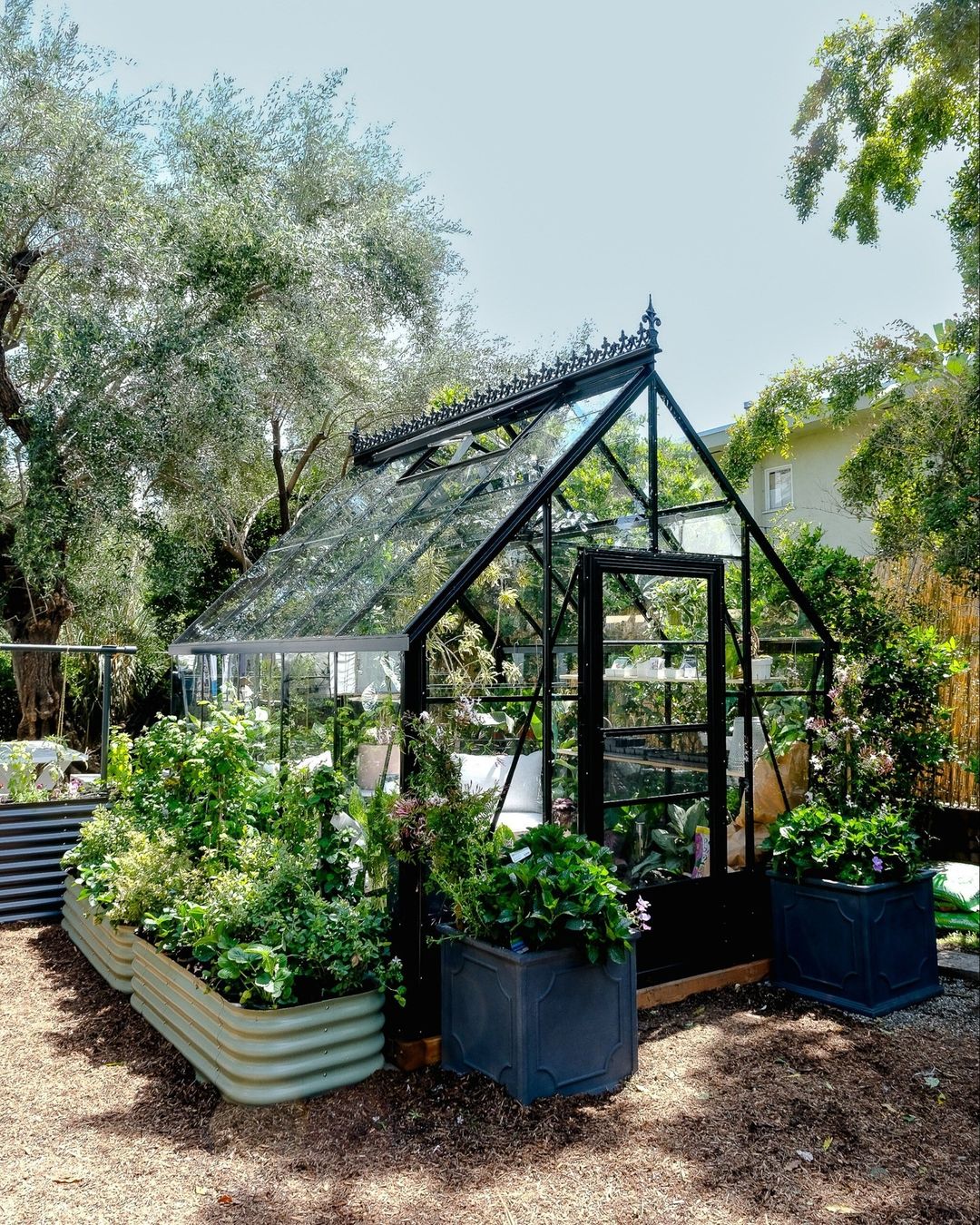
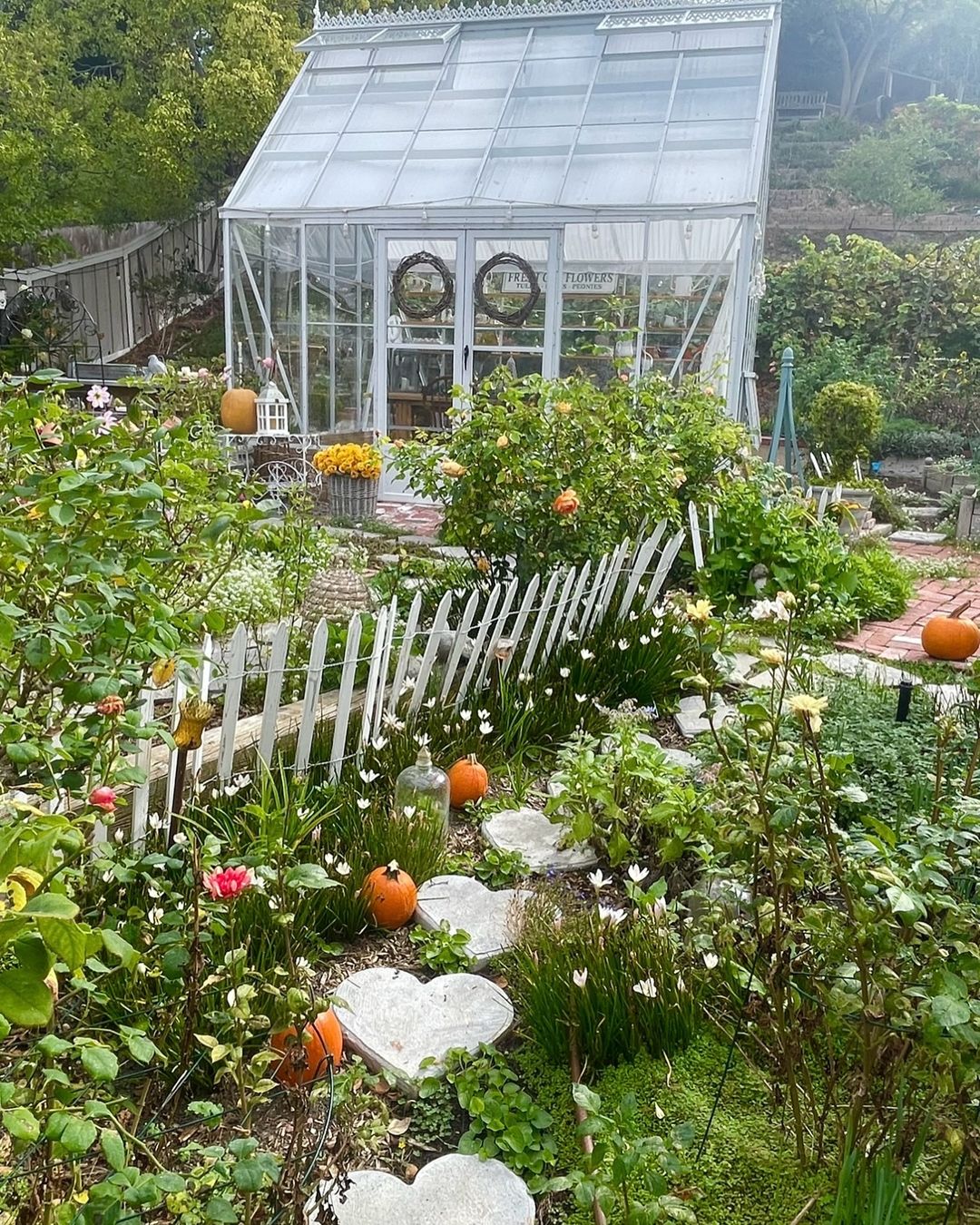
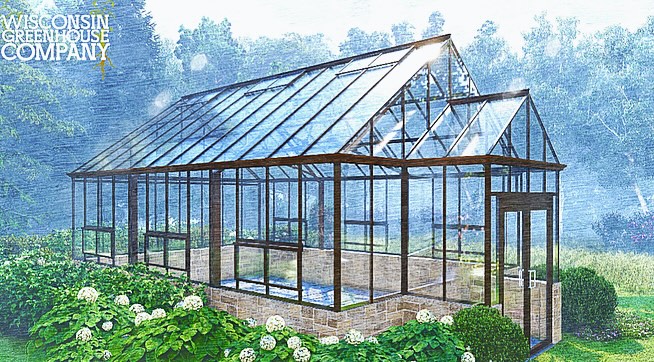
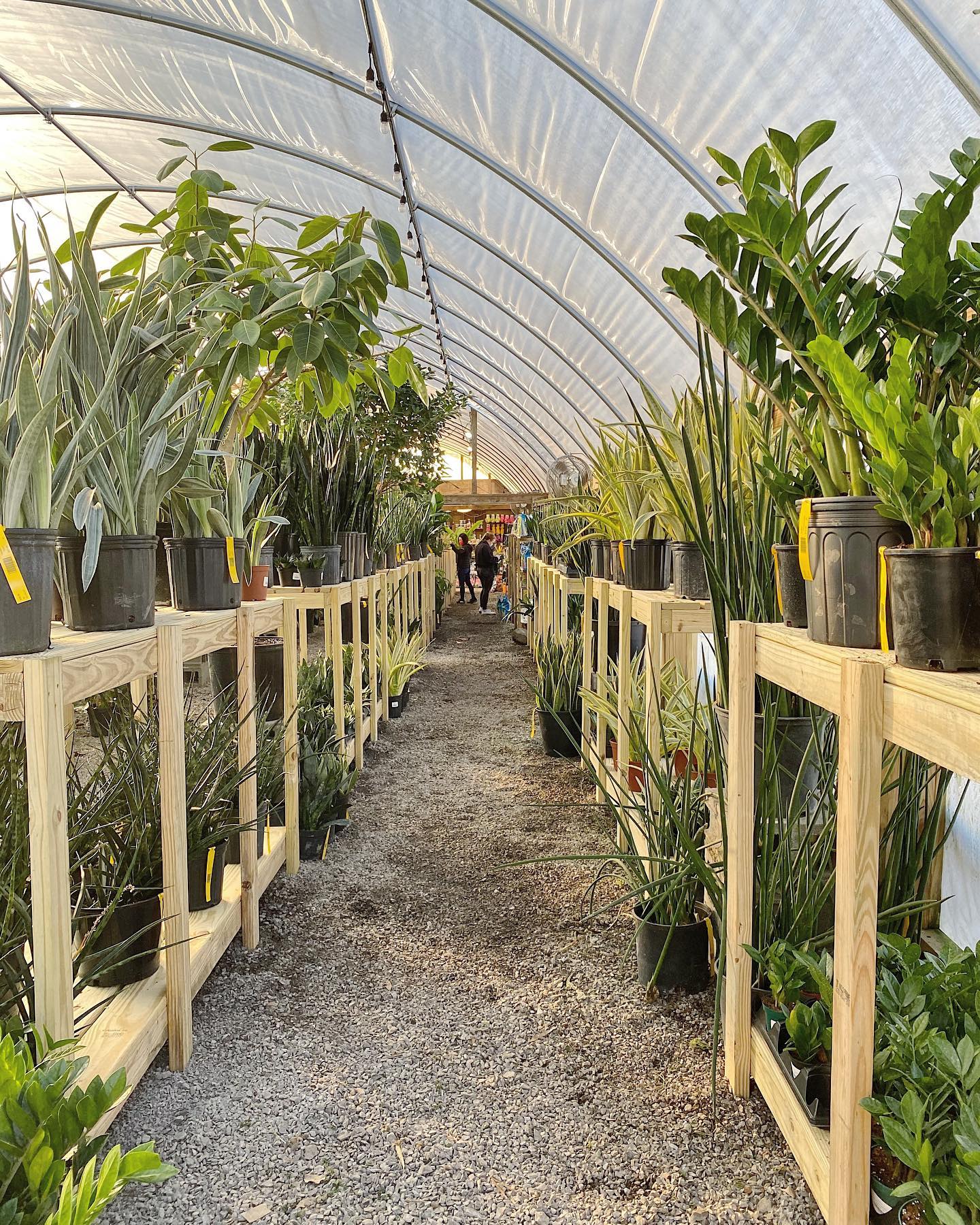

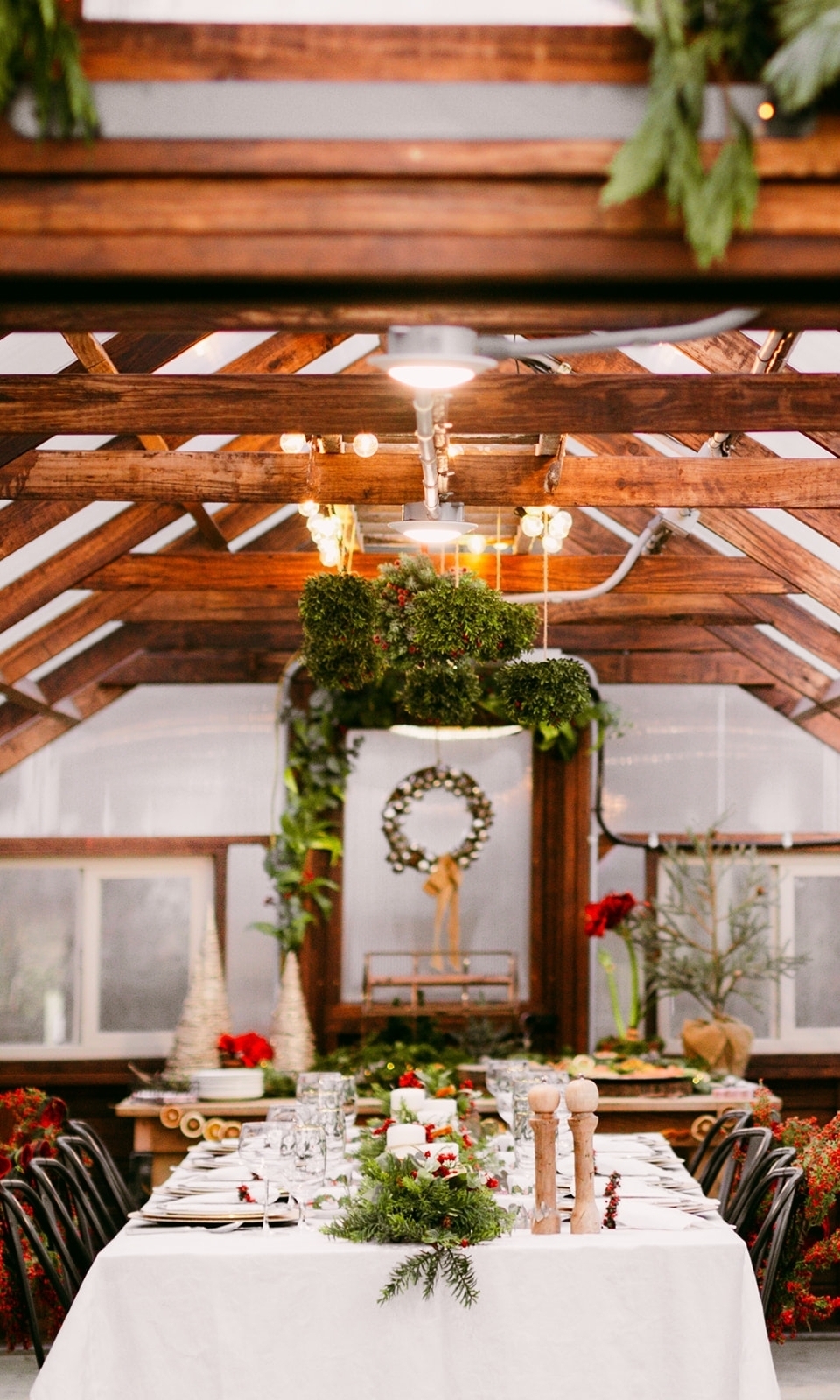
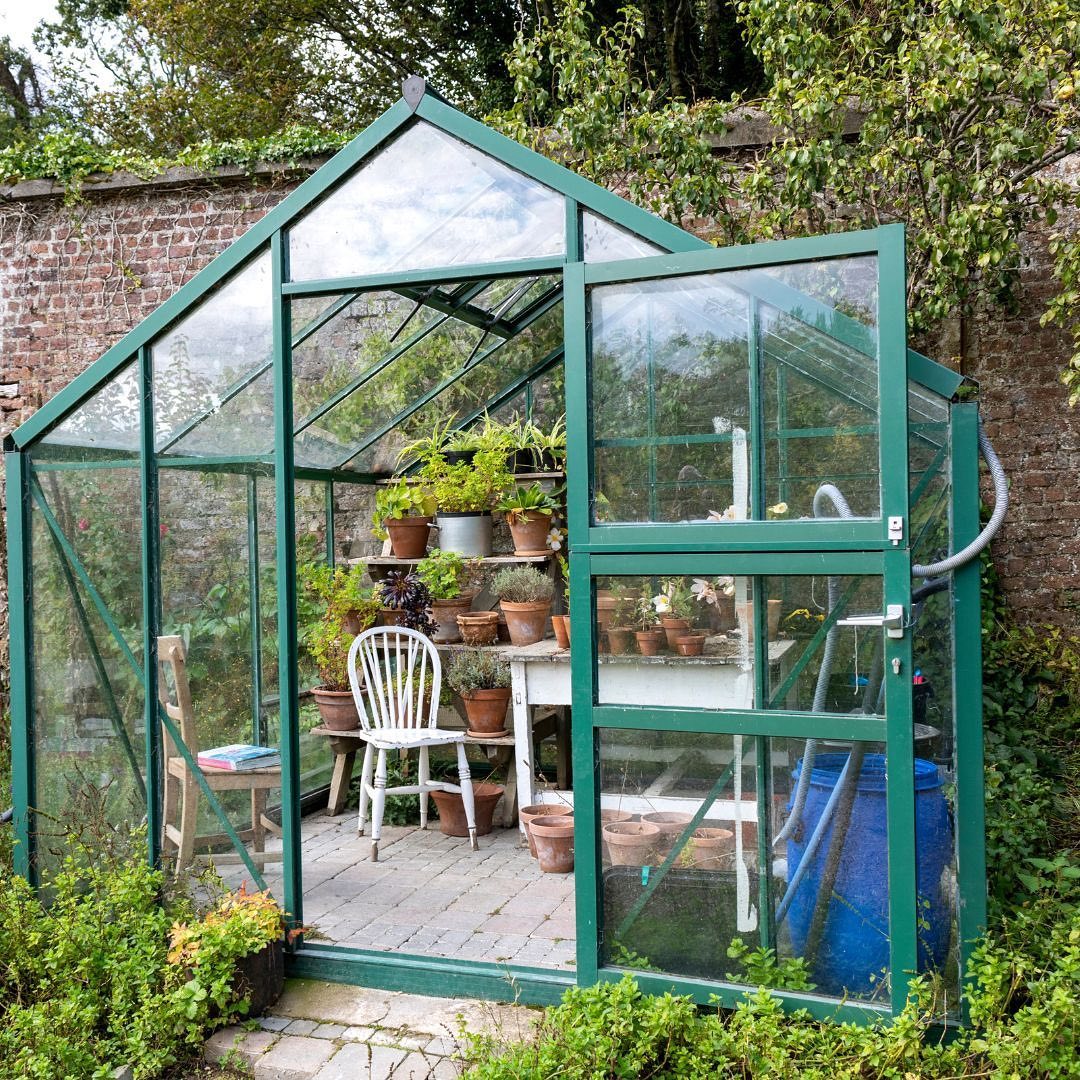

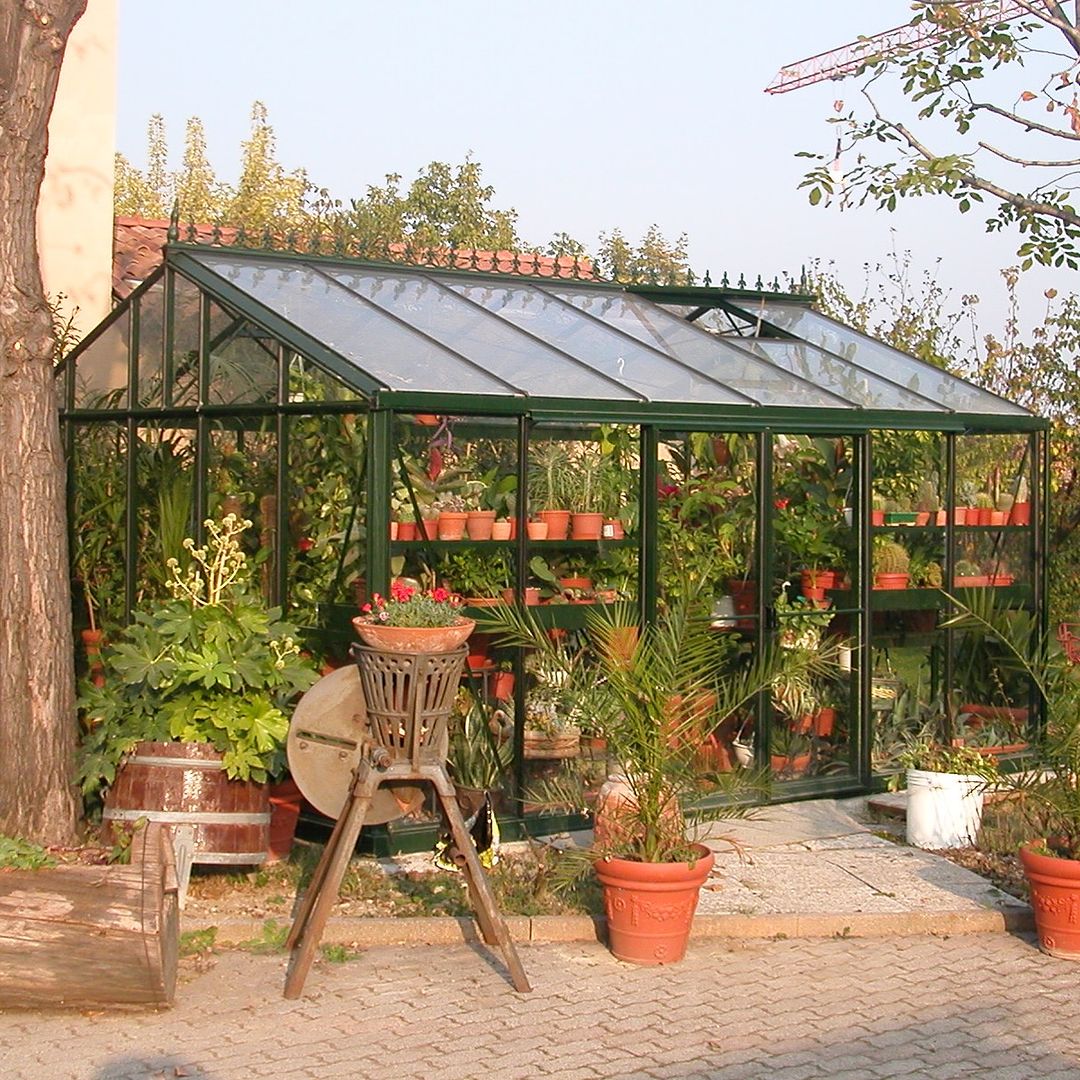
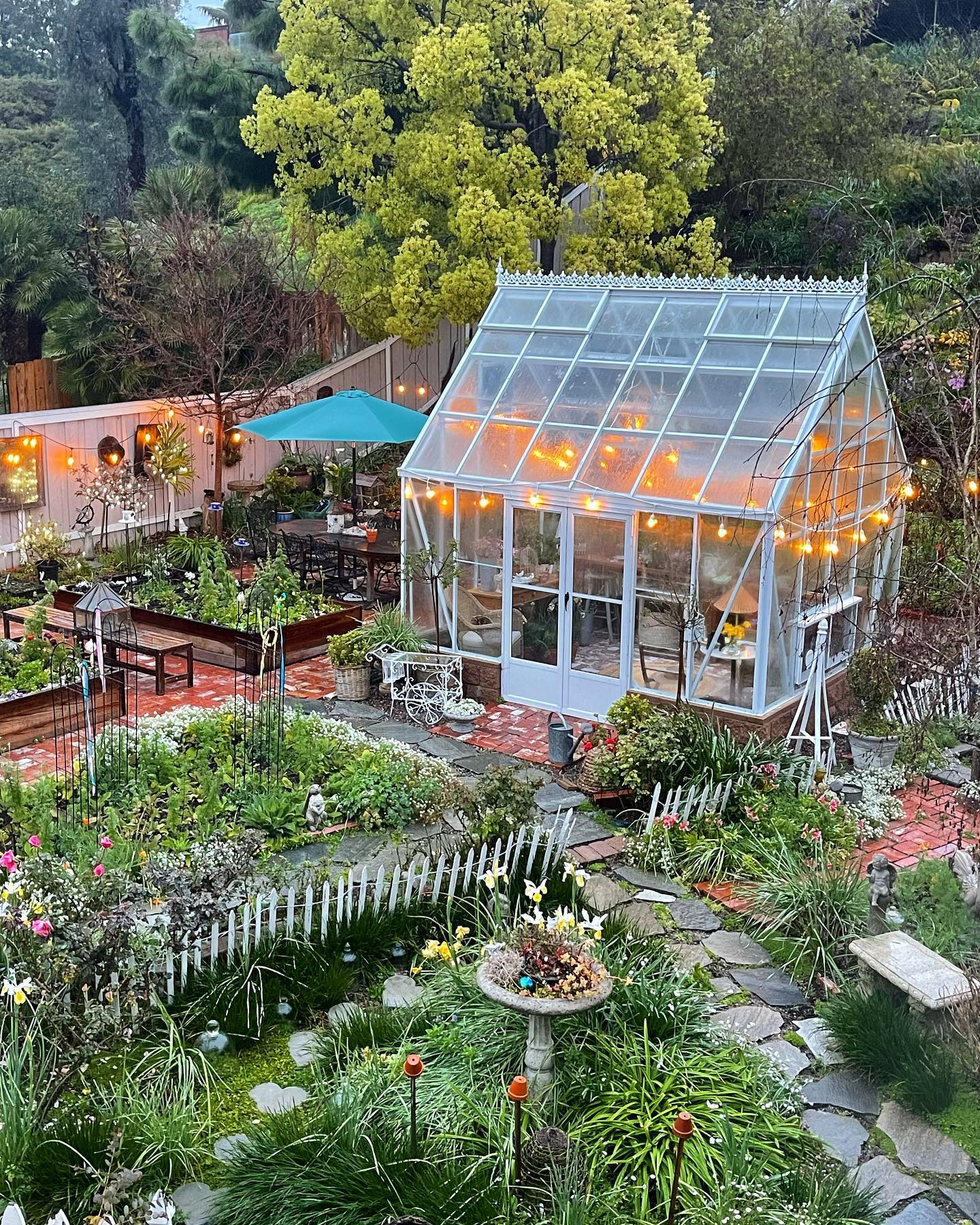
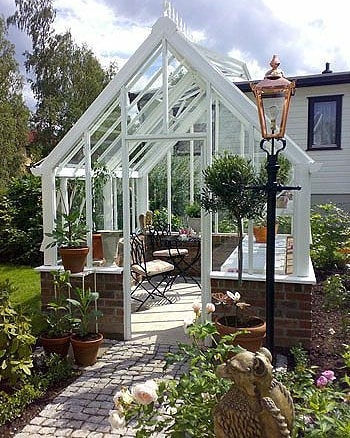
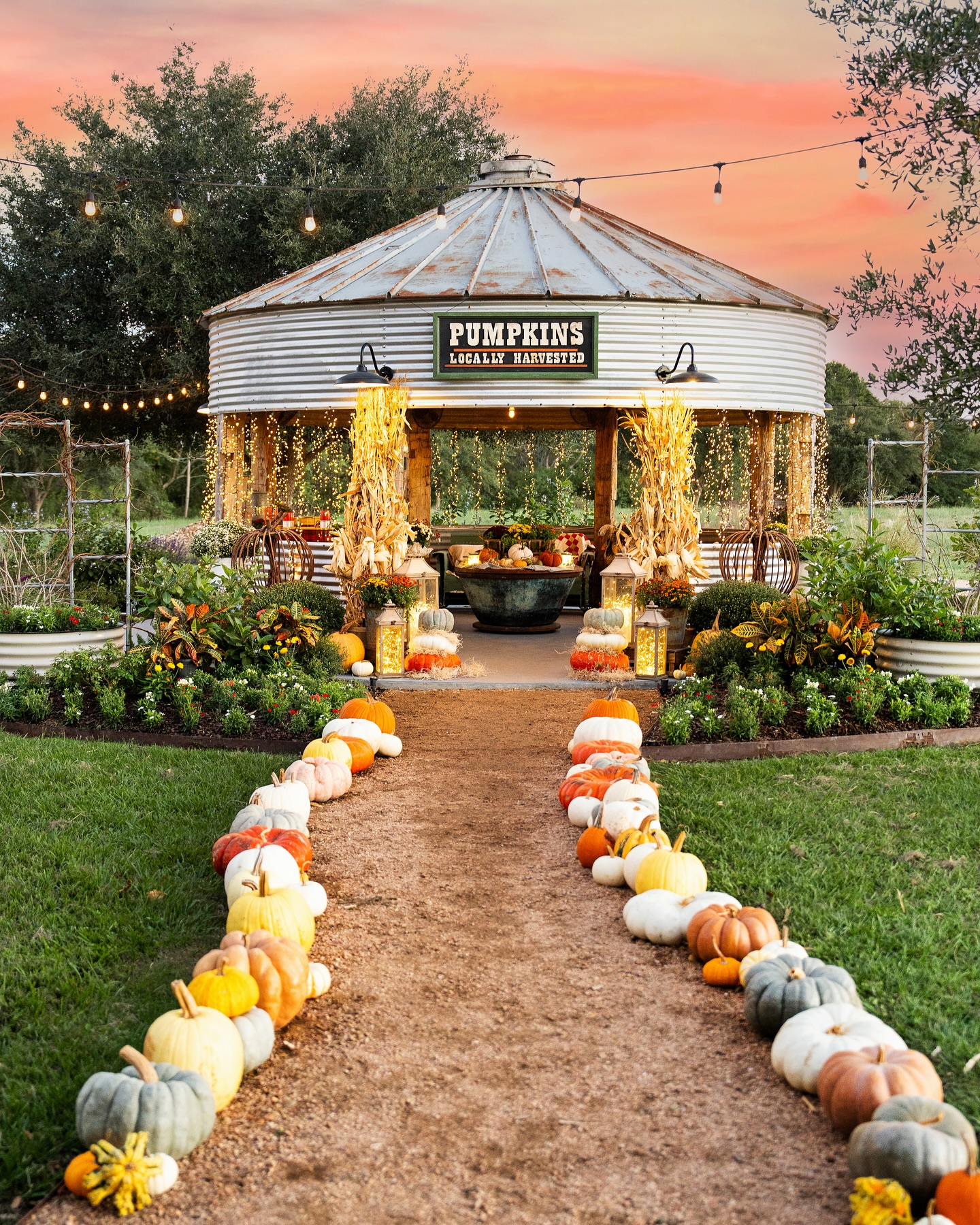
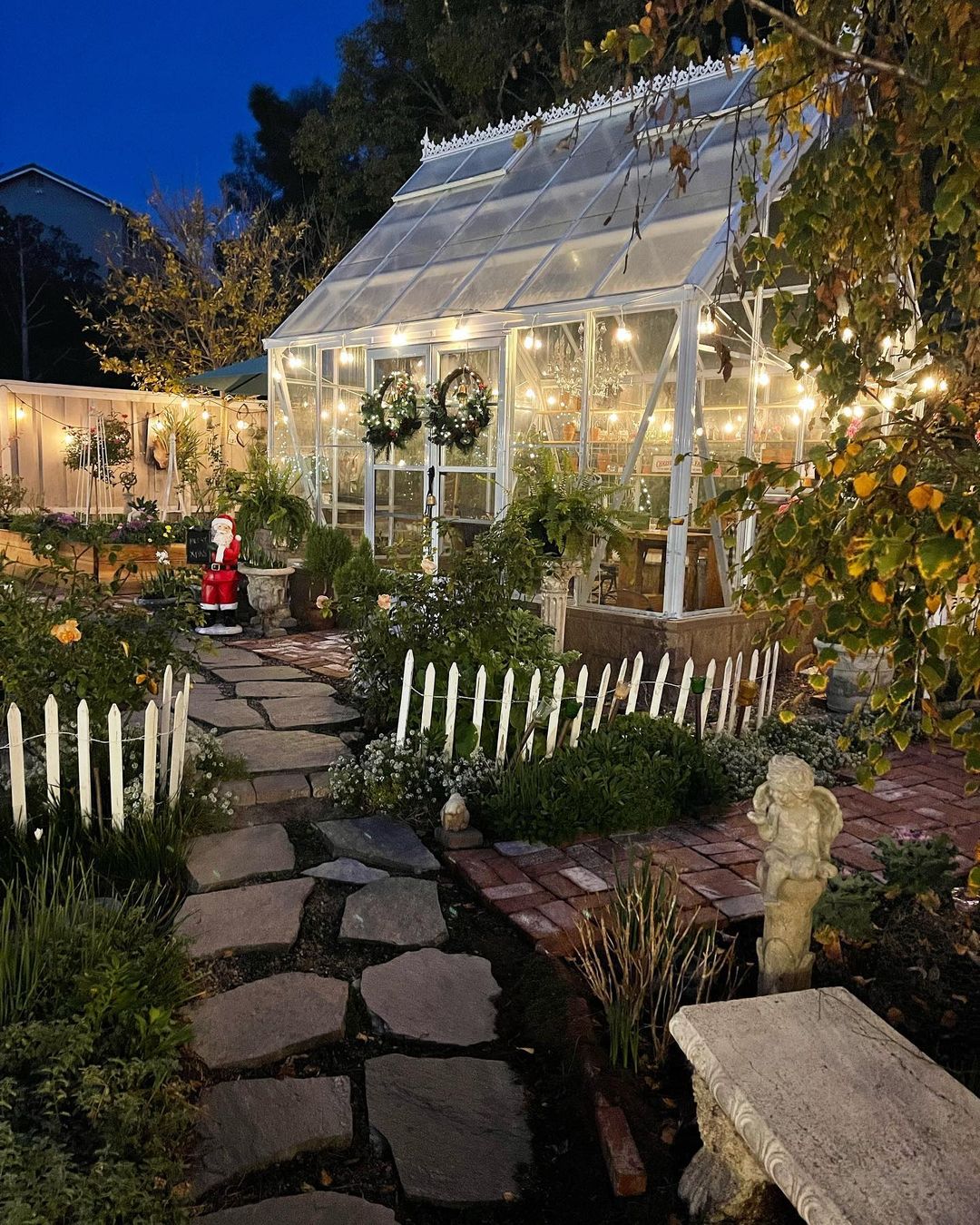

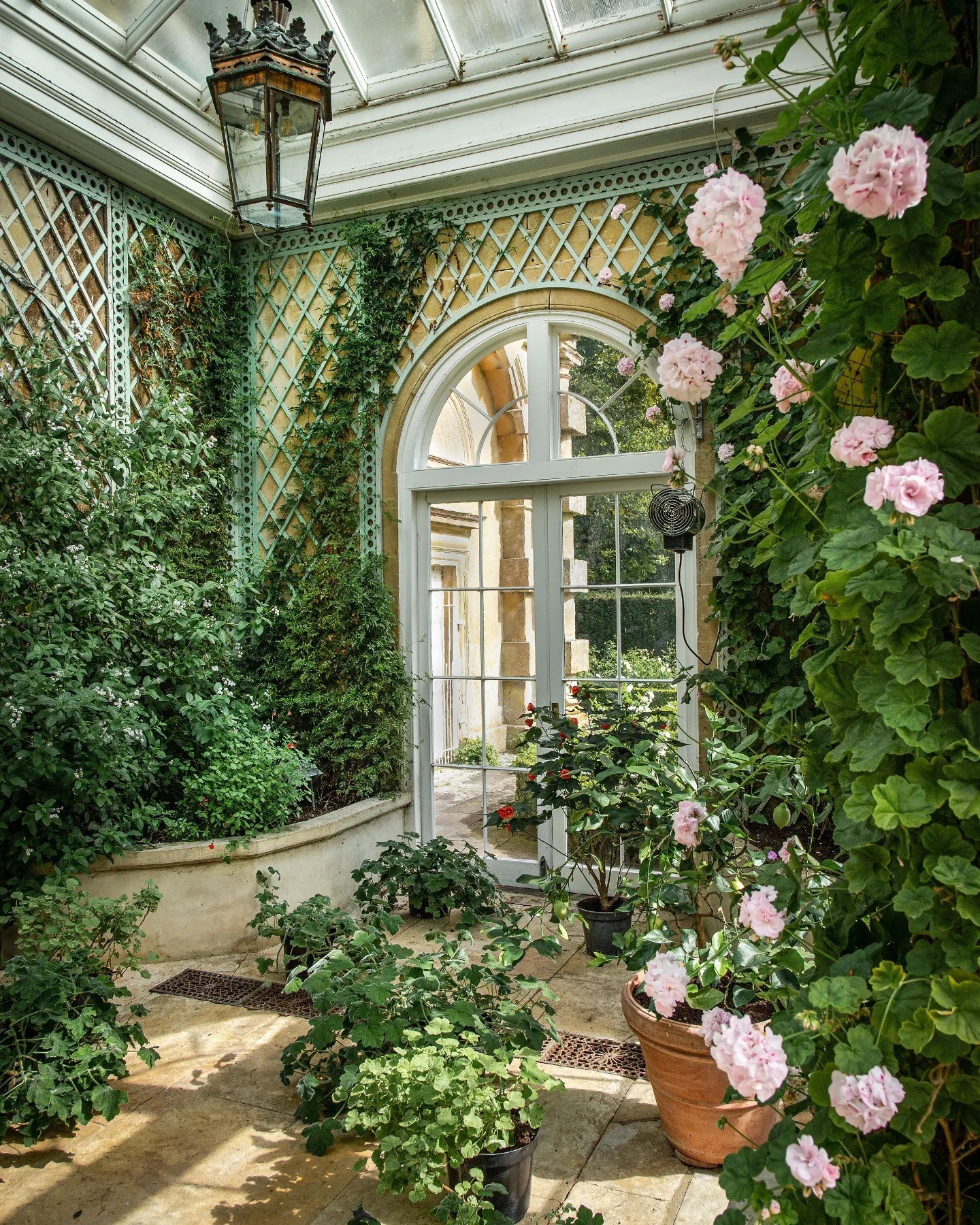
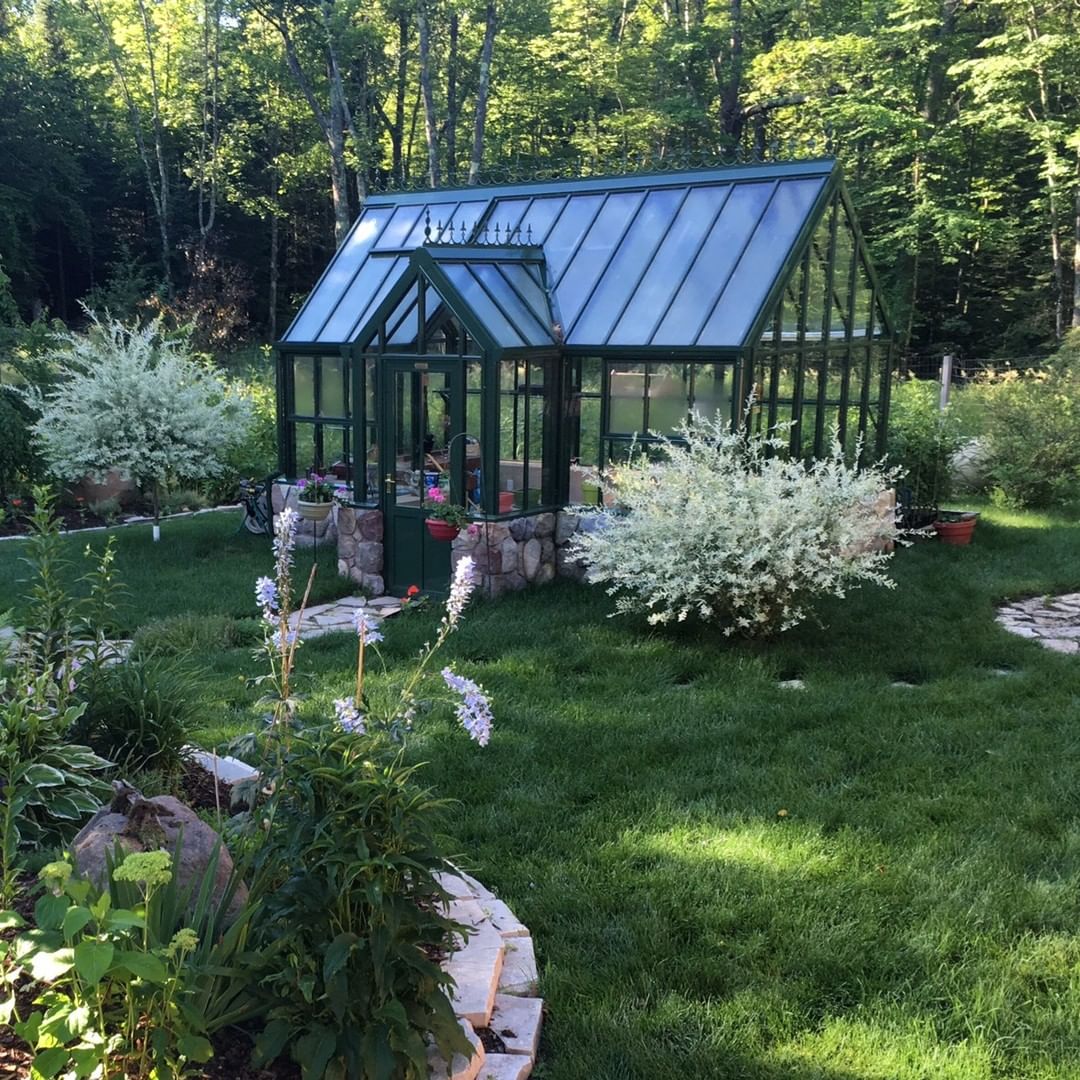
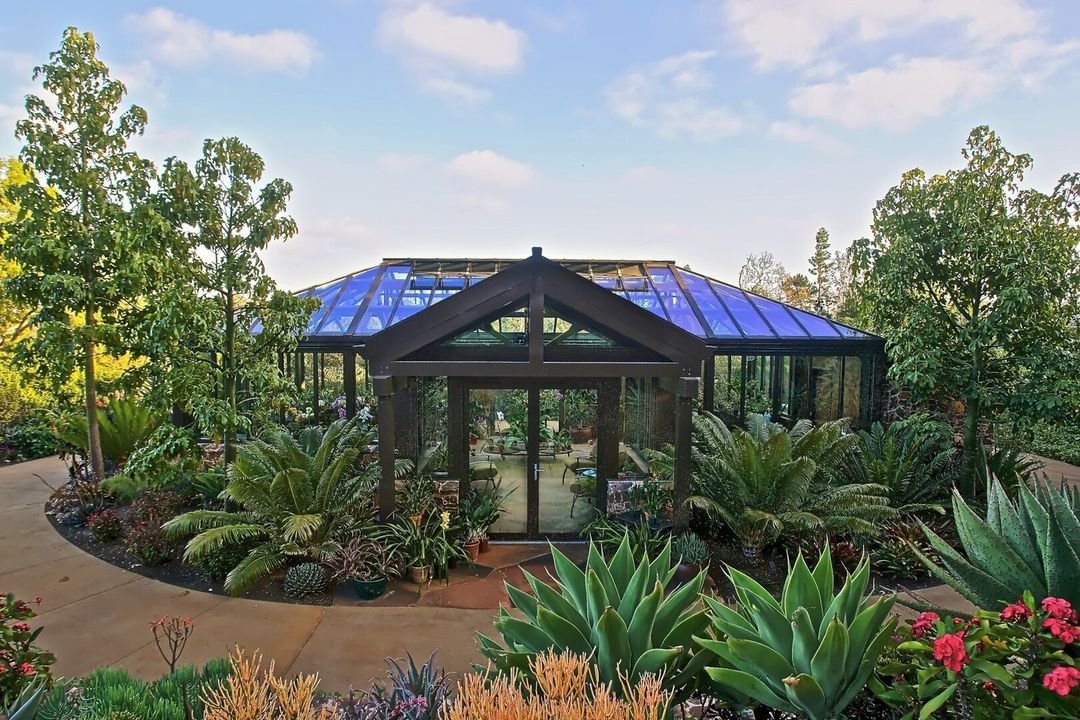
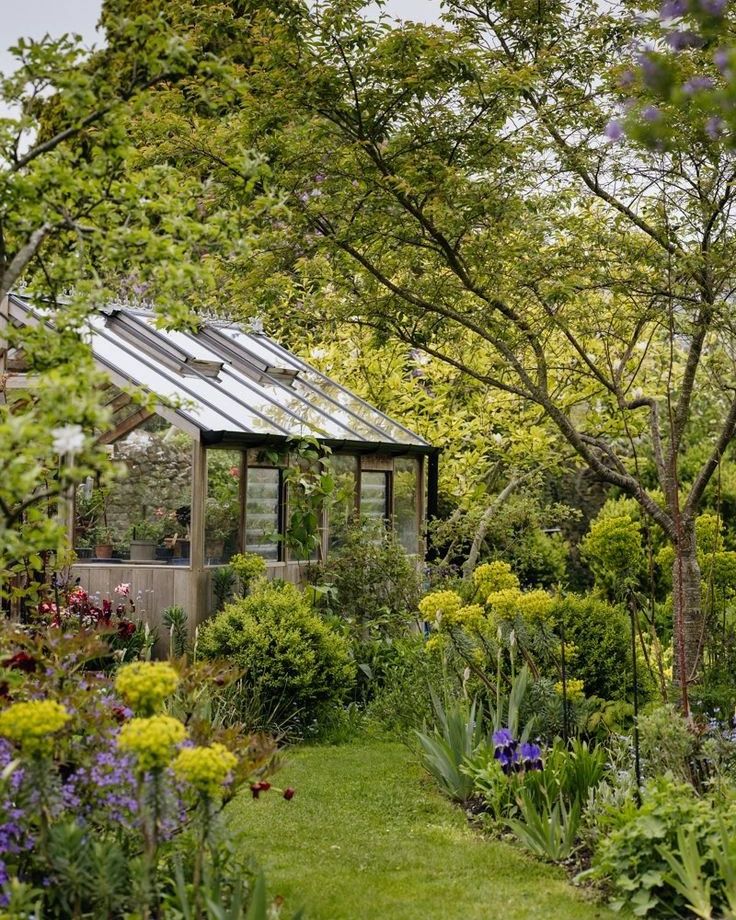
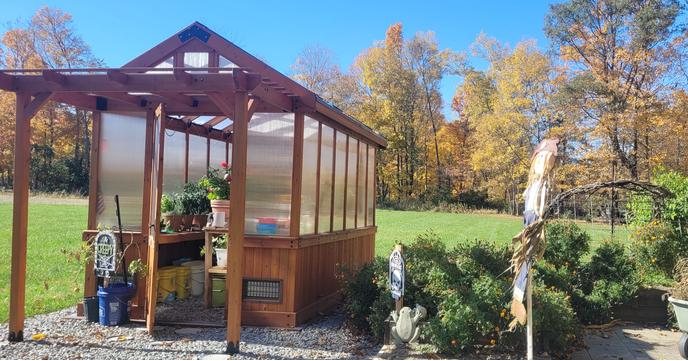
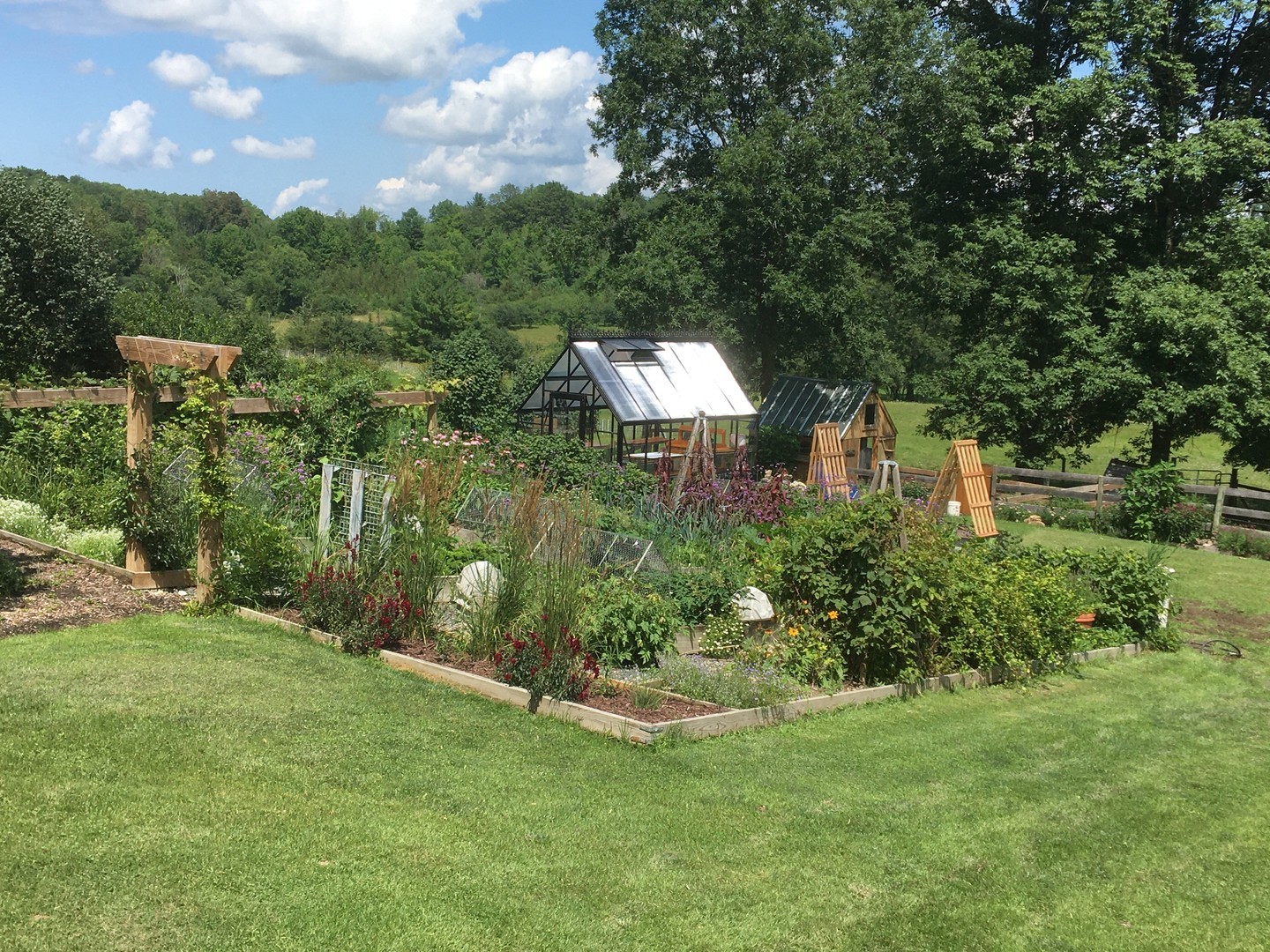
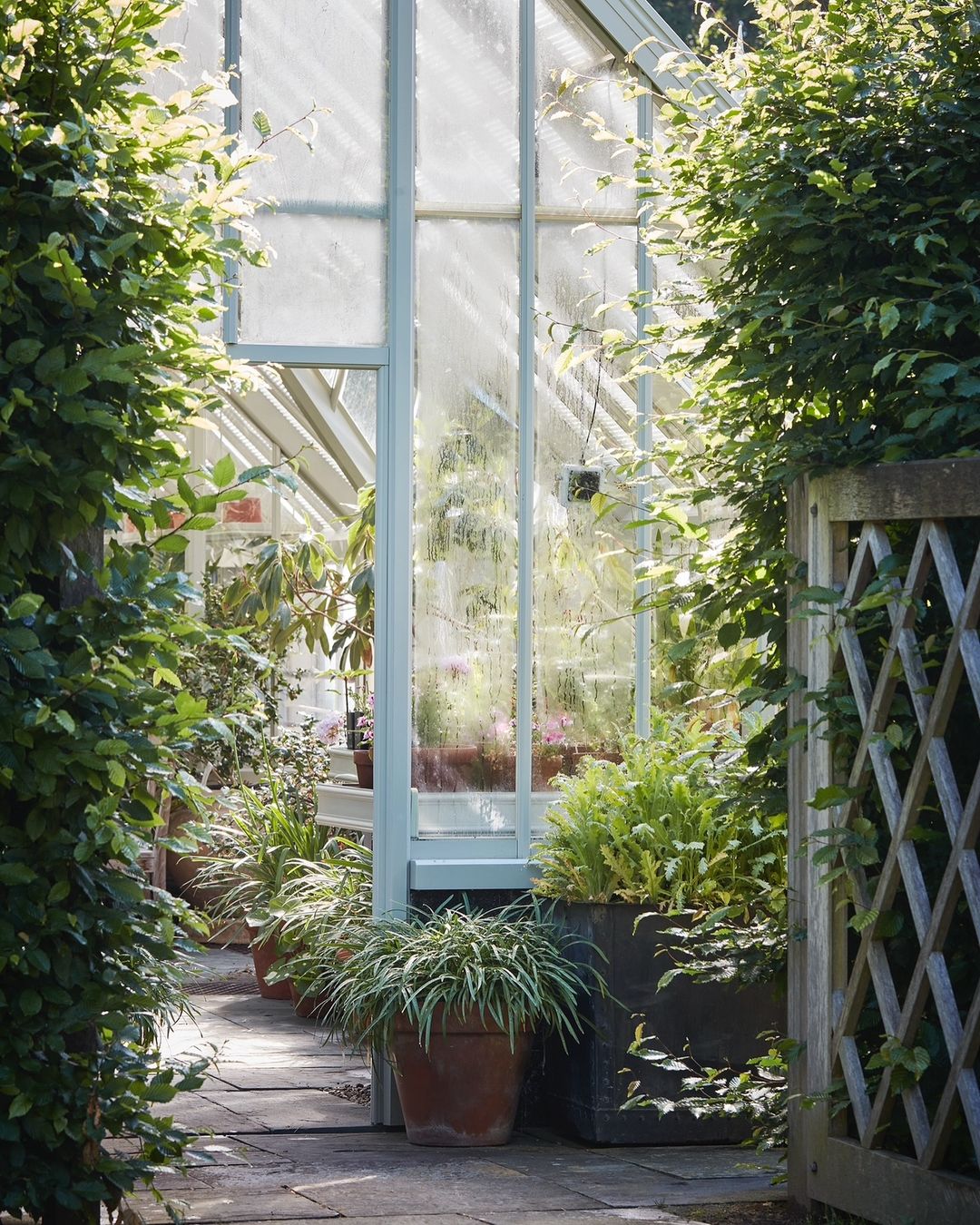
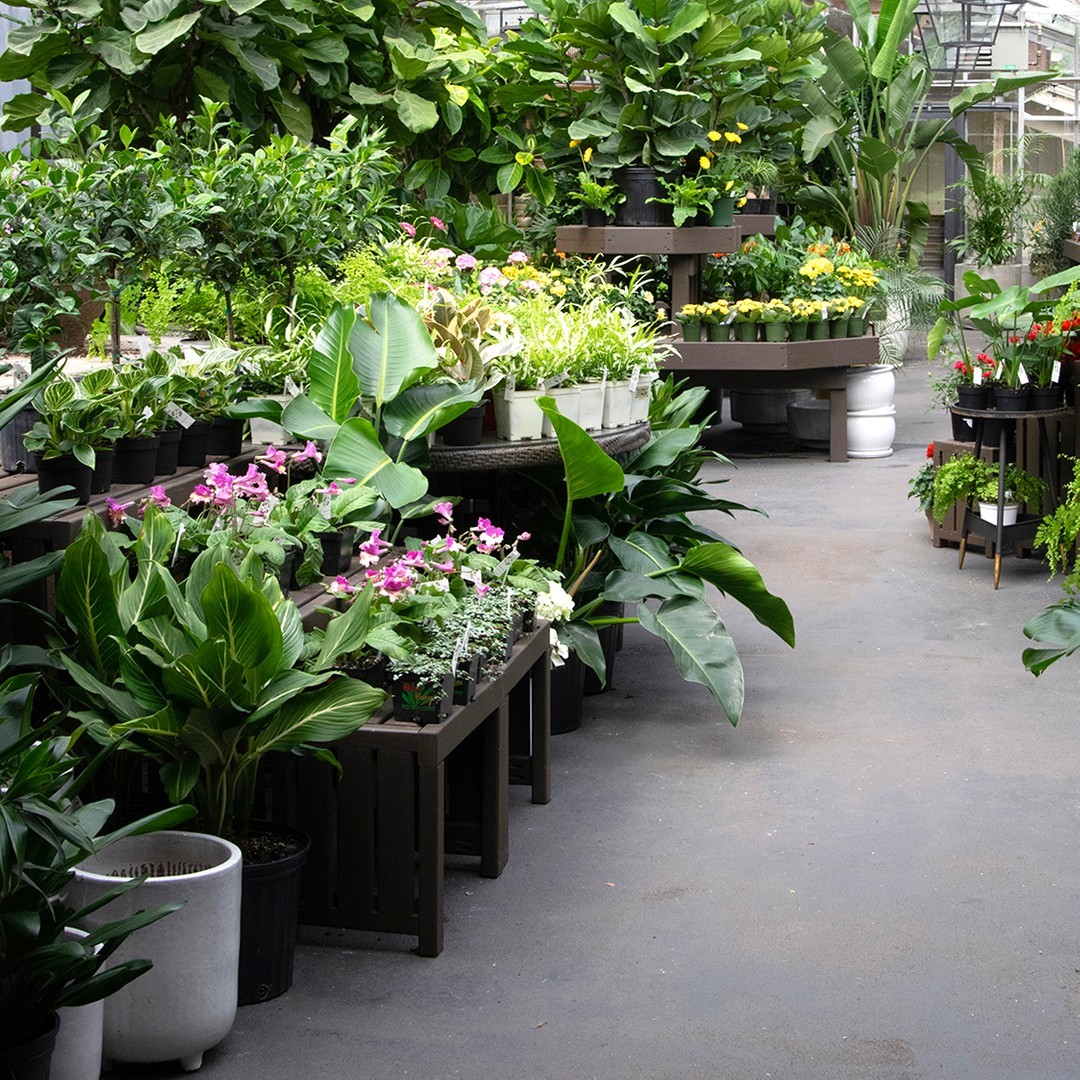

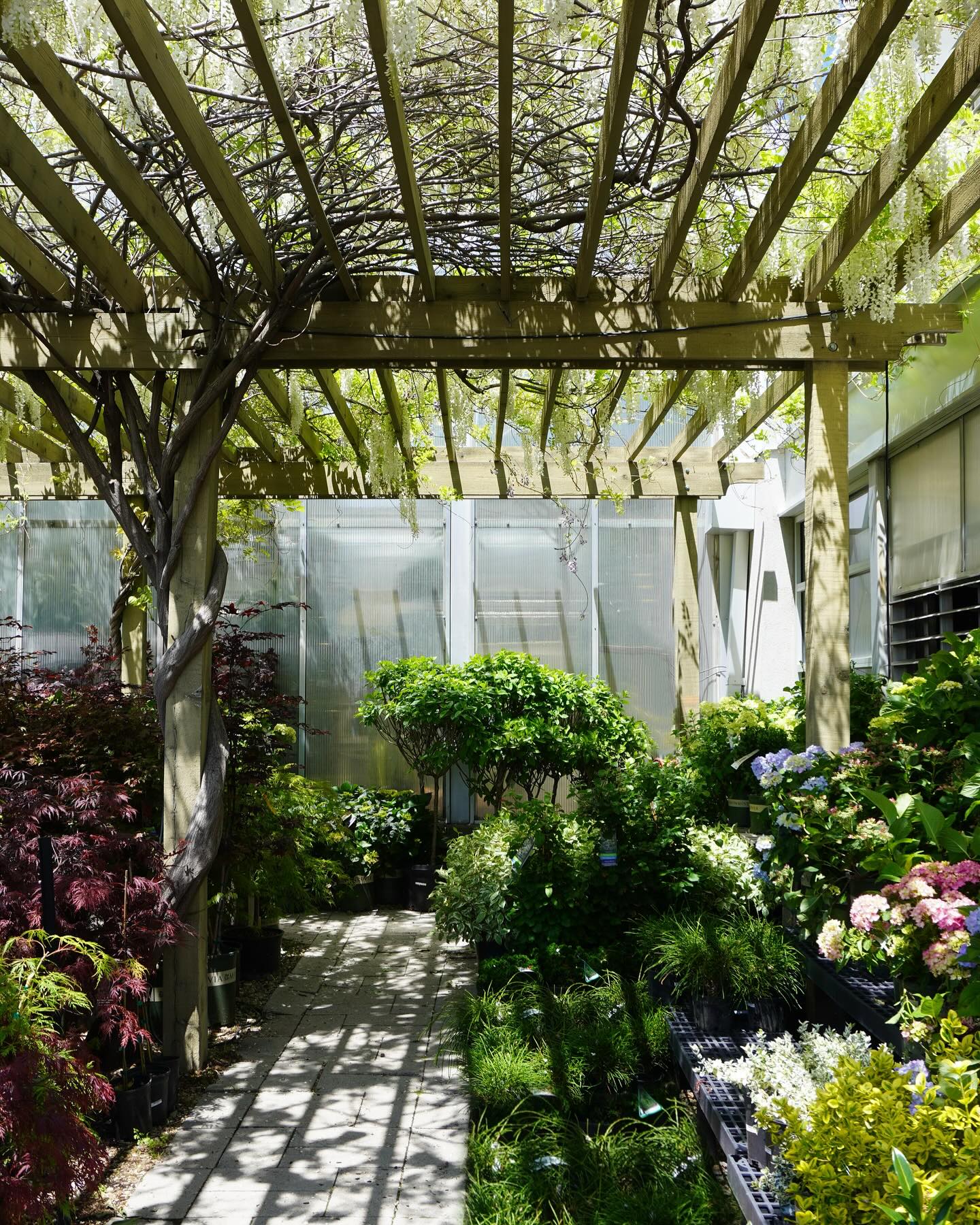
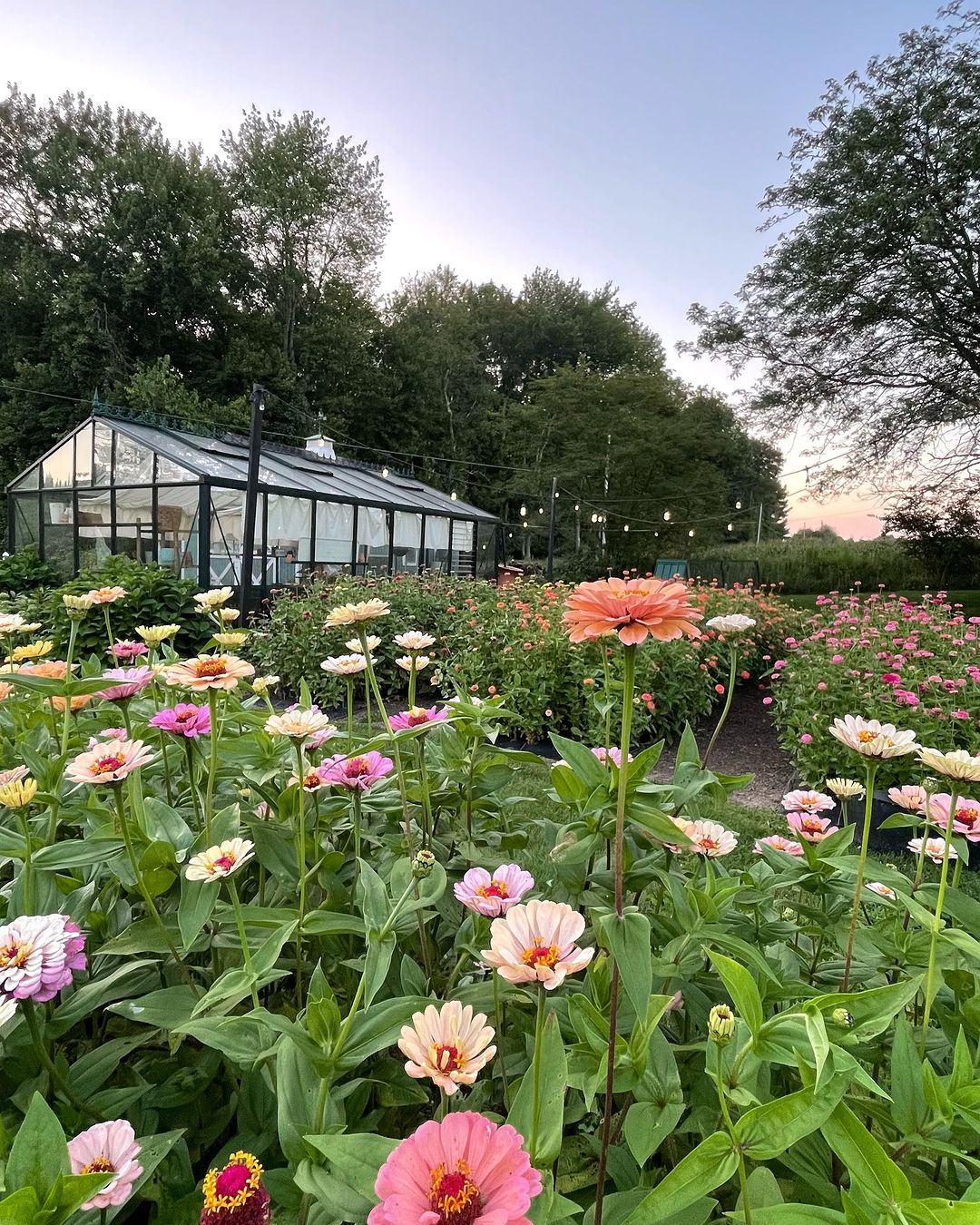
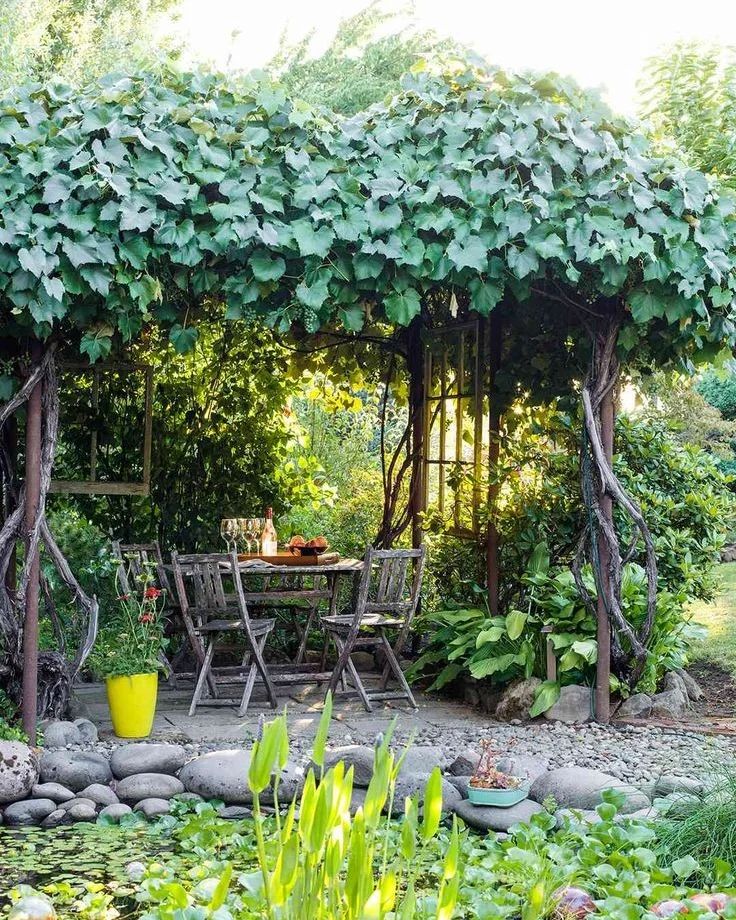
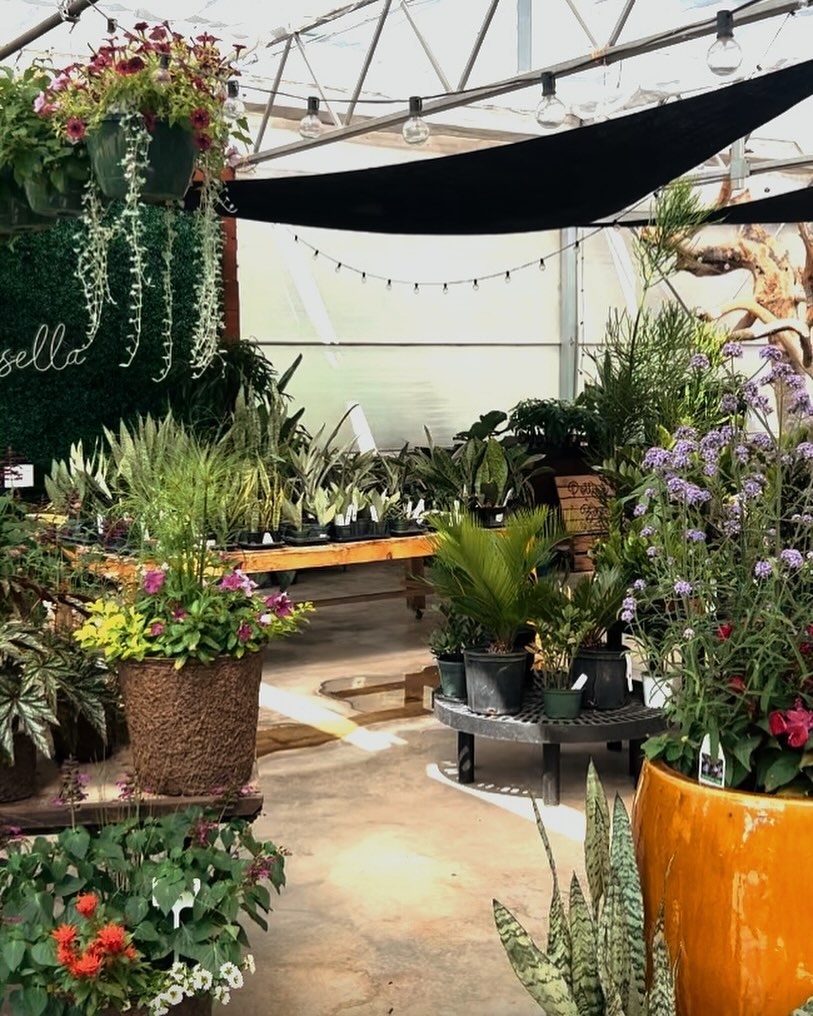
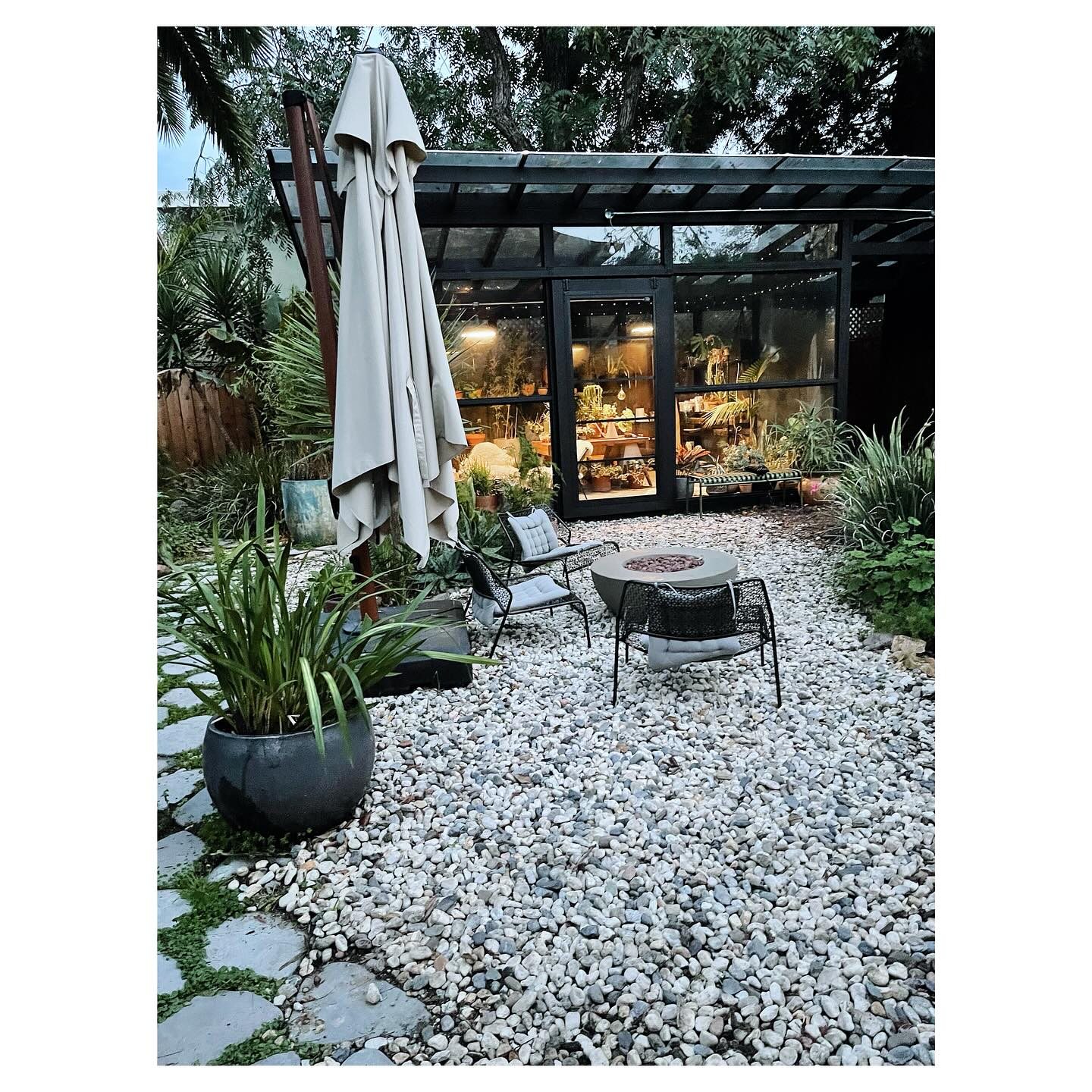


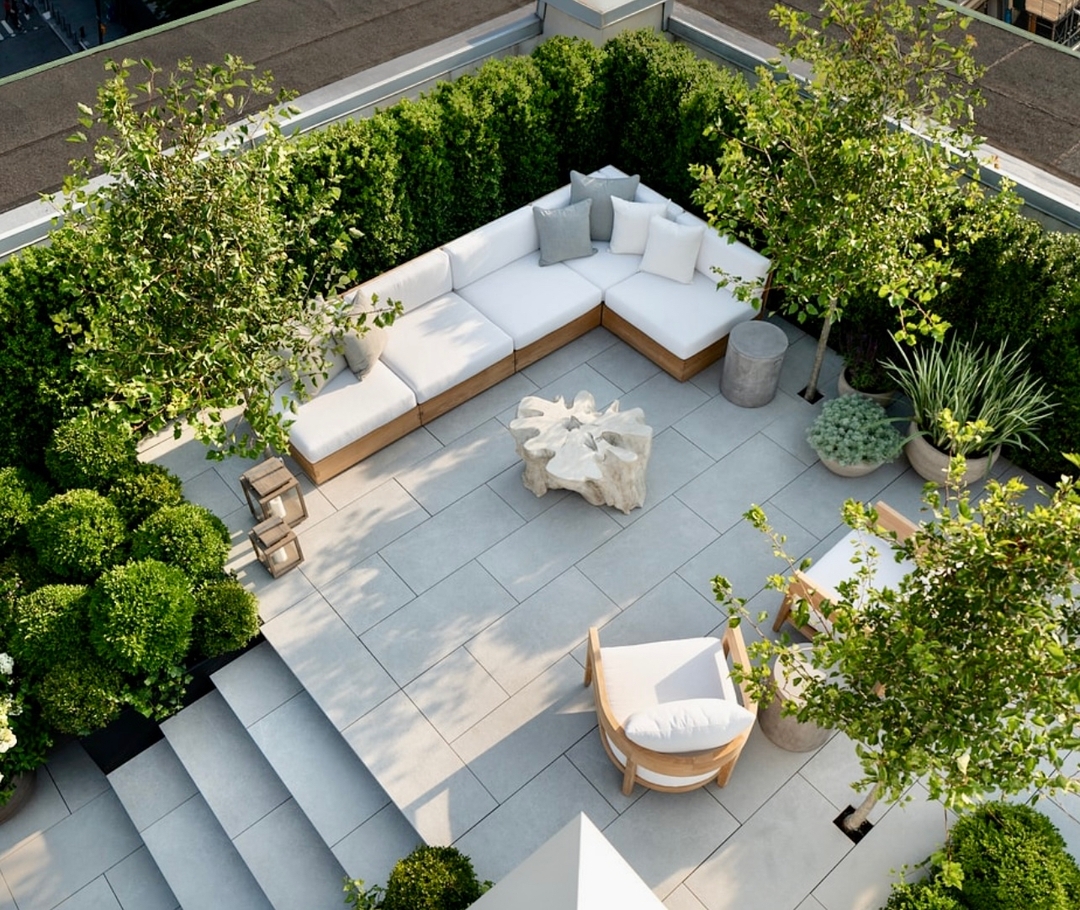
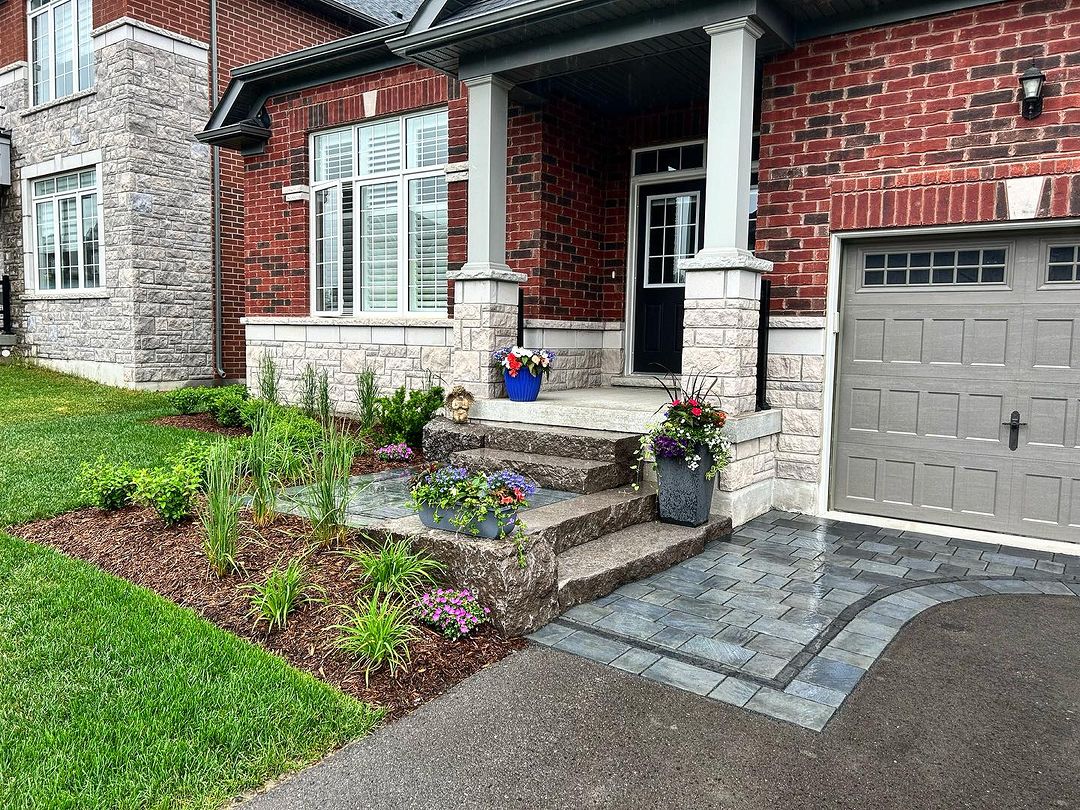
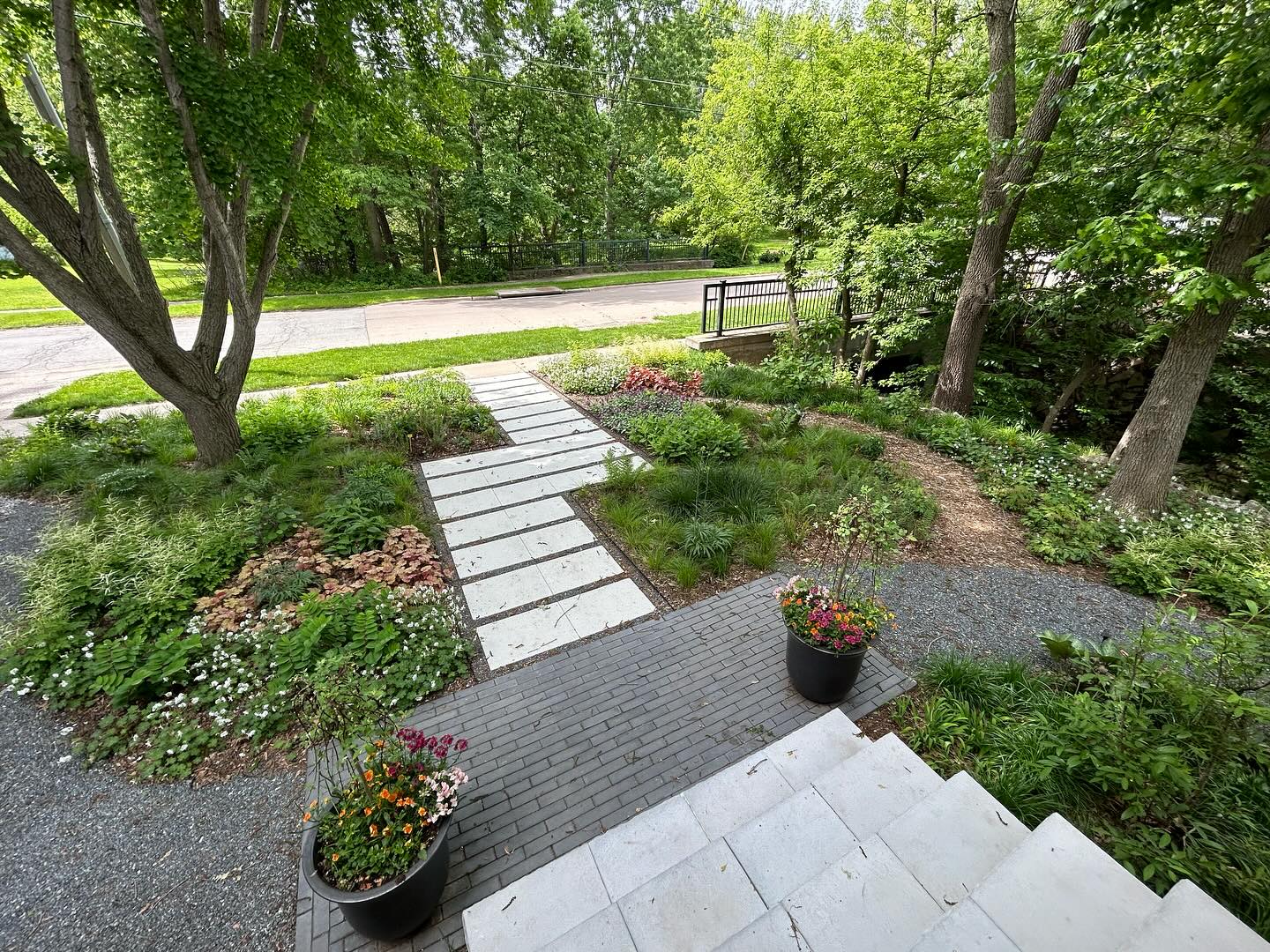
Comments